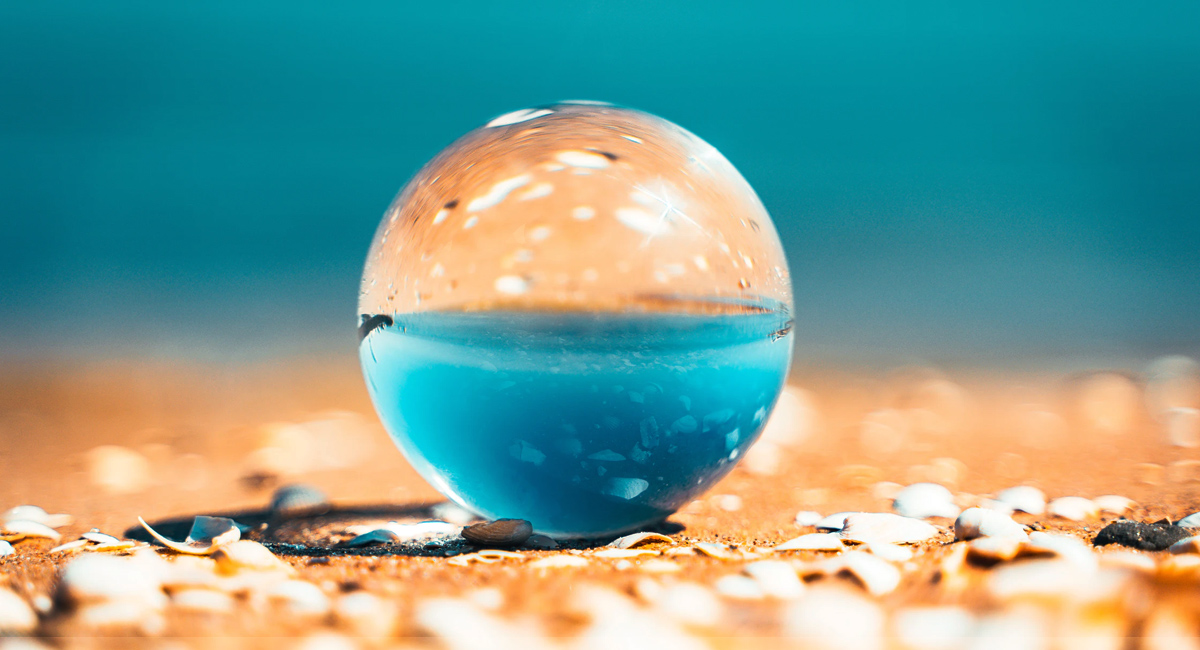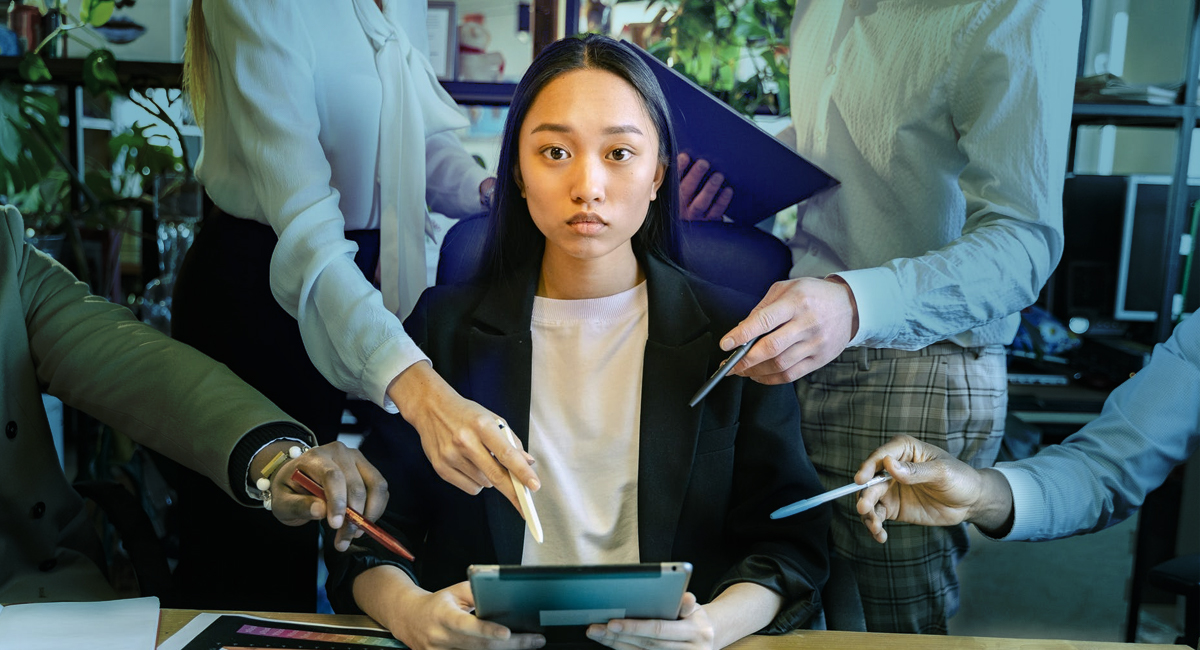
 0 saved
0 saved
 24.5K views
24.5K views








"Even the most analytical thinkers are predictably irrational; the really smart ones acknowledge and address their irrationalities." – Dan Ariely.
The existence of cognitive biases is now widely accepted. Indeed, the evidence from countless studies in cognitive psychology, behavioral economics, and behavioral science is impossible to ignore even in our most irrational states.
It's all true, humans as irrational beings, often rationalising beings, driven by deep biases and on automatic pilot... but all is not lost.
Understanding our cognitive biases is a form of power. Afterall, they evolved because they delivered value and continue to do so in some contexts. We consciously call them 'heuristics' throughout ModelThinkers because they are not all bad, they allow you to understand quickly, make snap judgments, and spring into action in a very complex world.
That said, we also know that they are inherently limited and, in many situations, potentially disastrous which is why knowing about them can help to interrupt them. That's an important choice of words because they can't be stopped. Simply knowing about a bias will not prevent it. Instead, you will have to implement systems, processes, or techniques to actively interrupt them.
Beyond that, you can also make use of these heuristics in other people through the way you communicate, work, and engage.
So here is our growing guide to humanity, your brain, and to cognitive heuristics. Be sure to click into each one for techniques to make the most of them and interrupt your bias.
Note - some of these models are members only, but there are many unlocked ones so keep clicking into them.
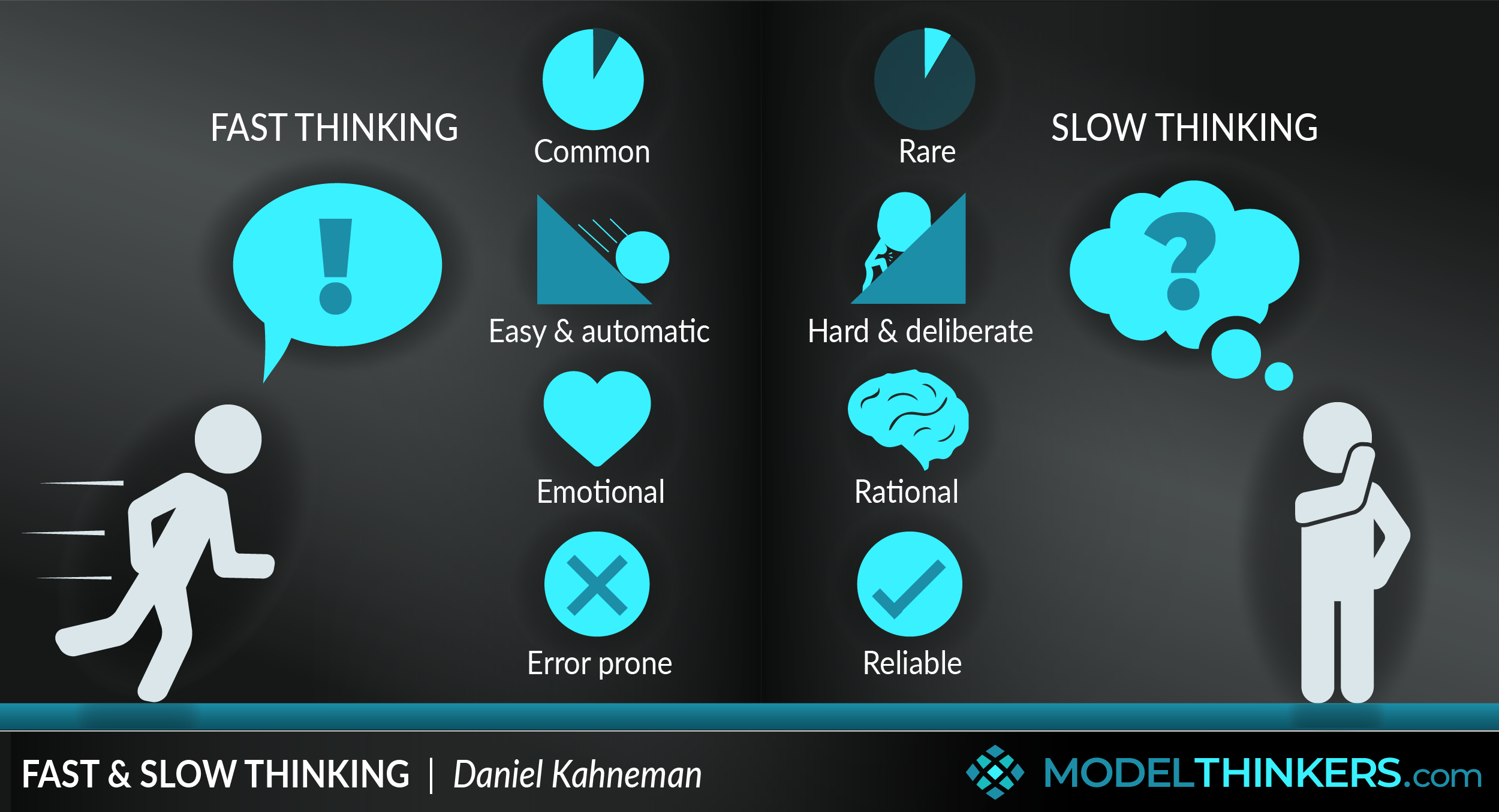
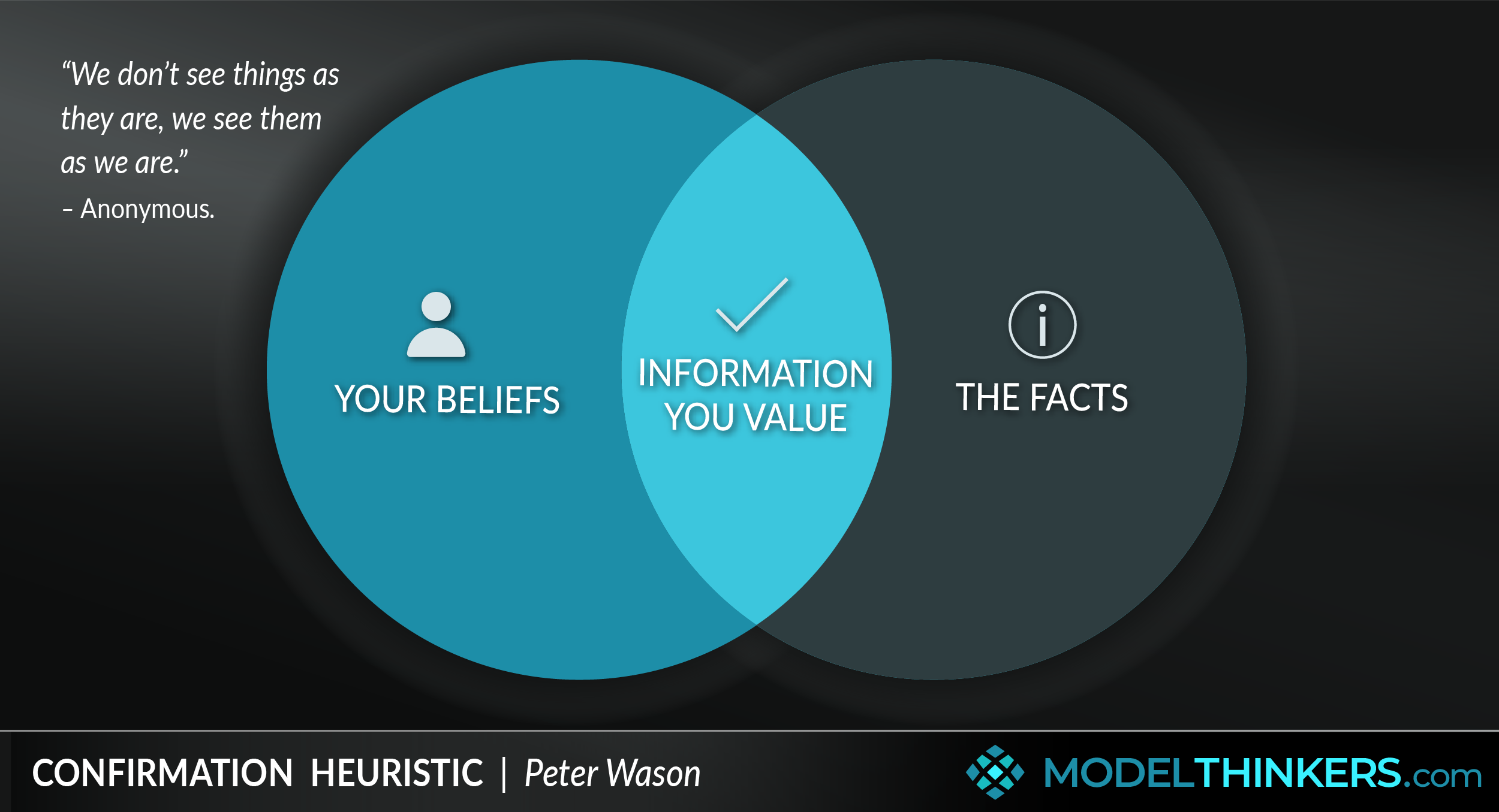
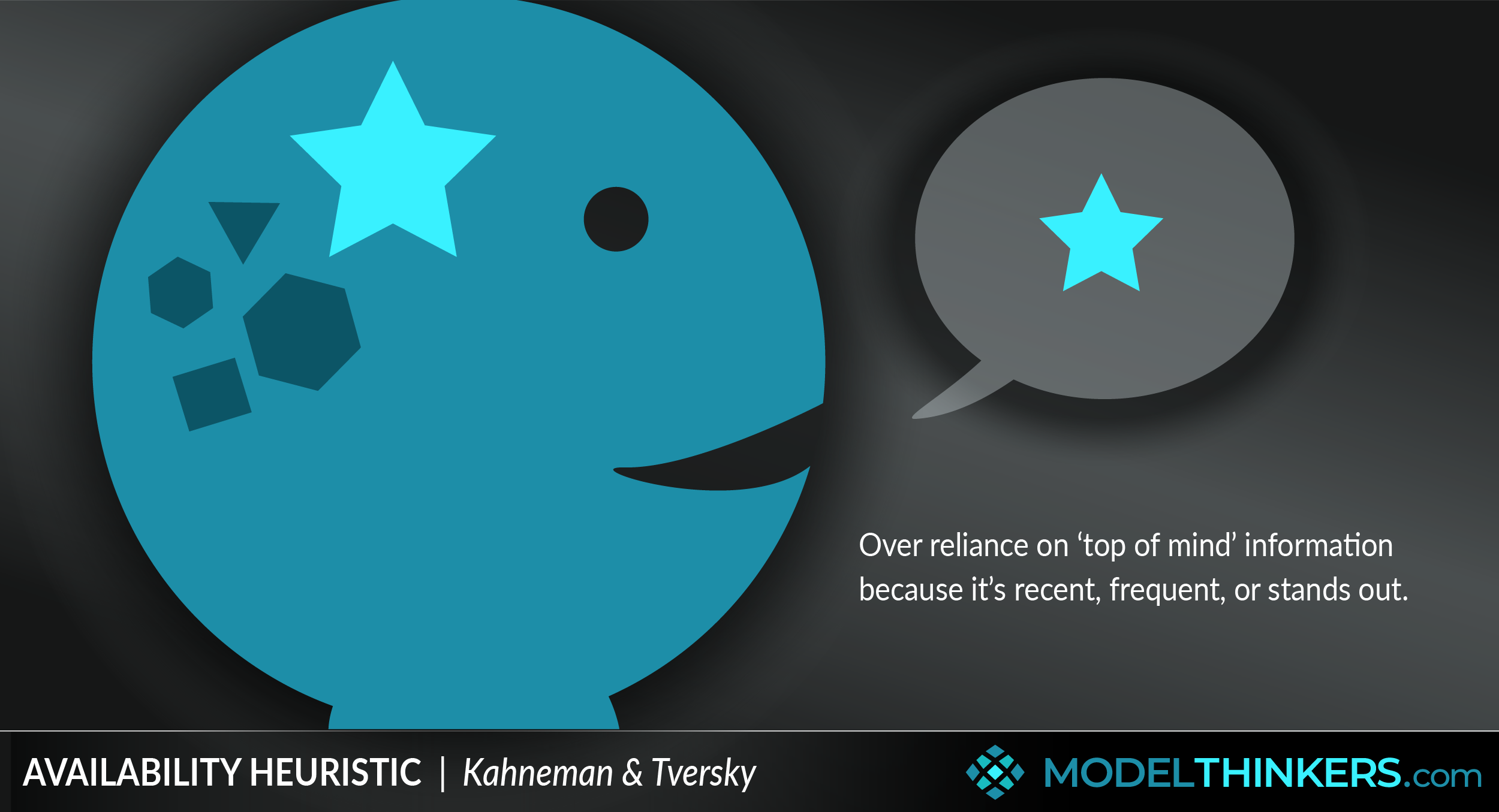


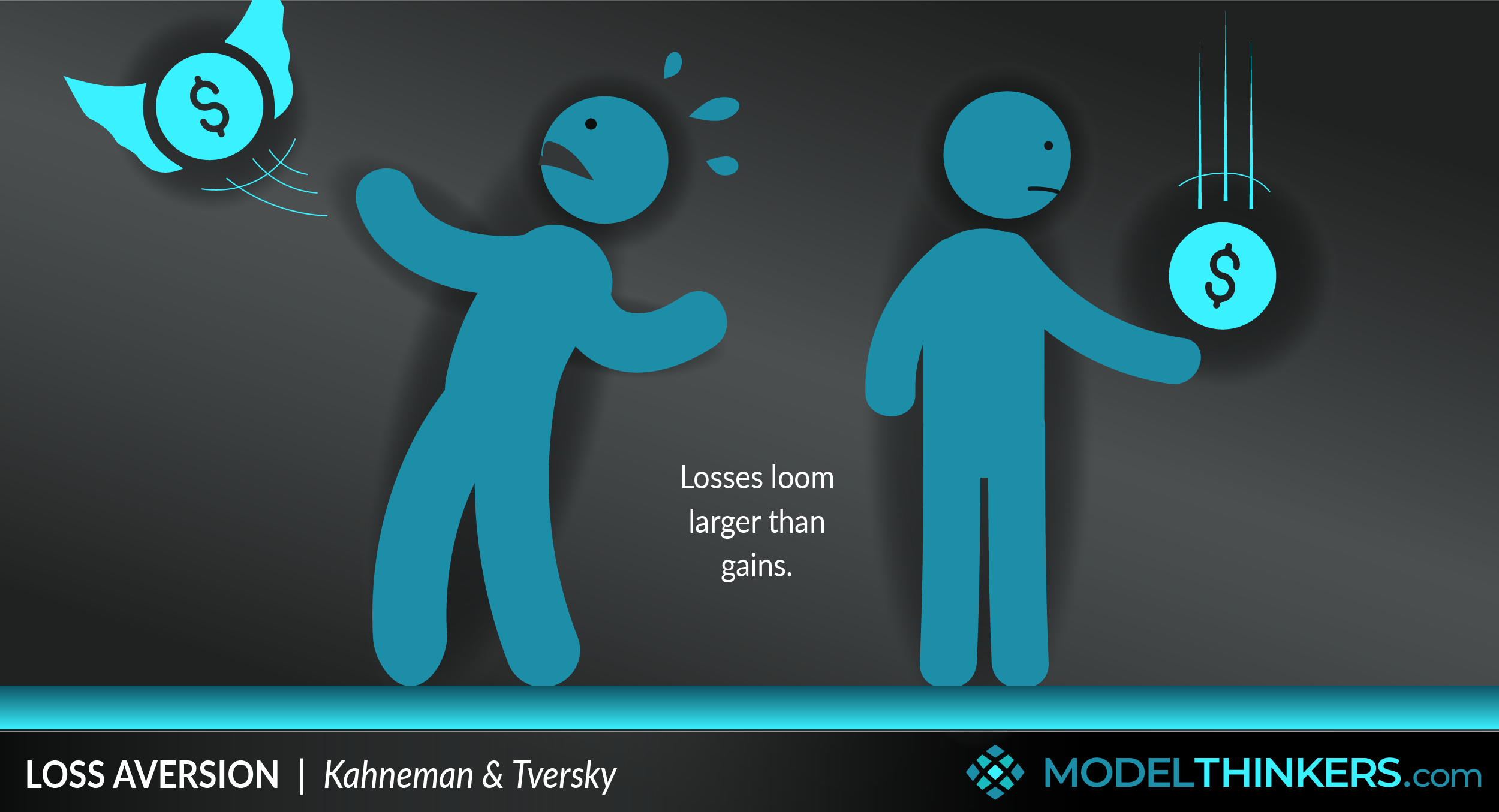

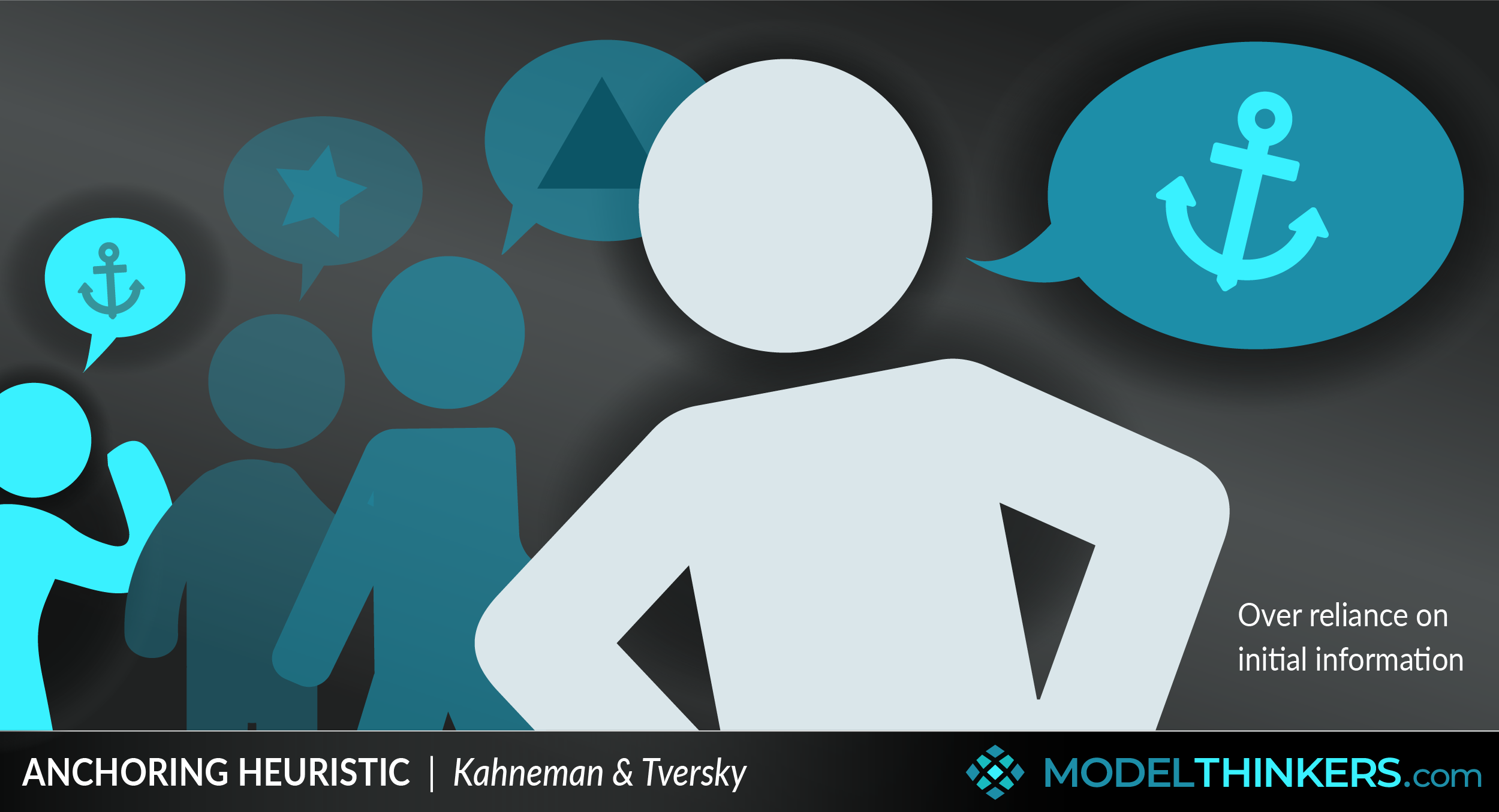

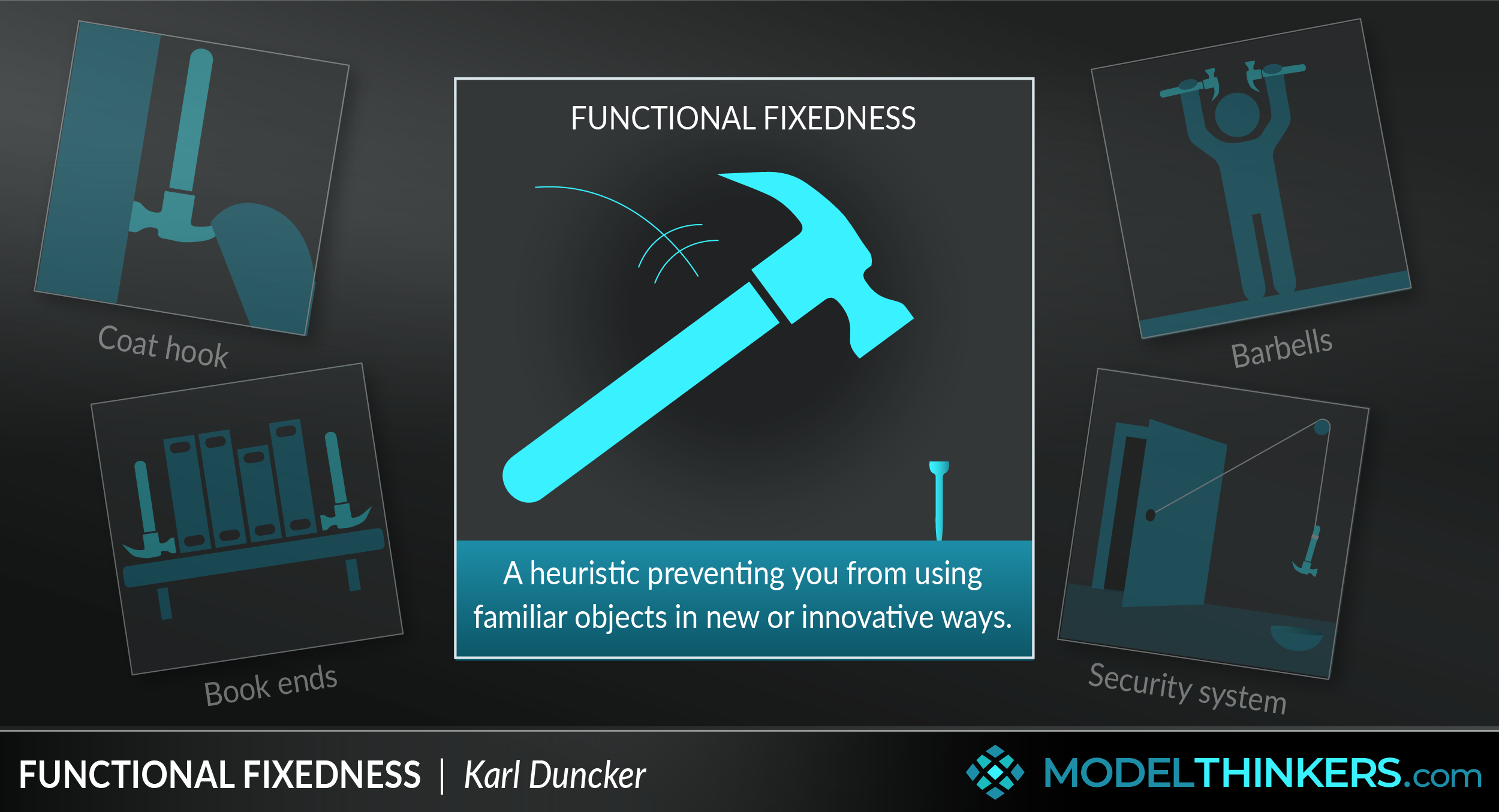

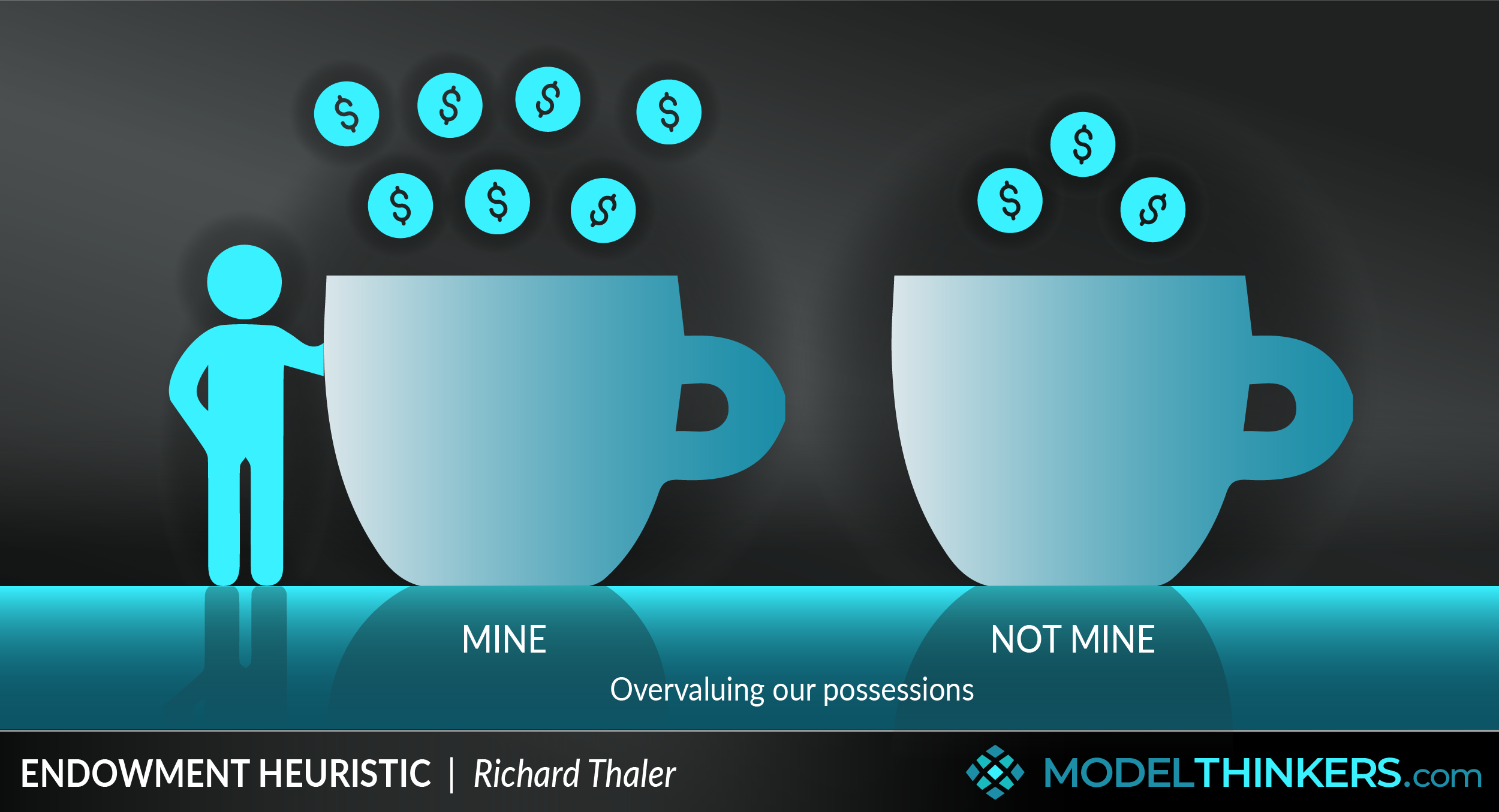



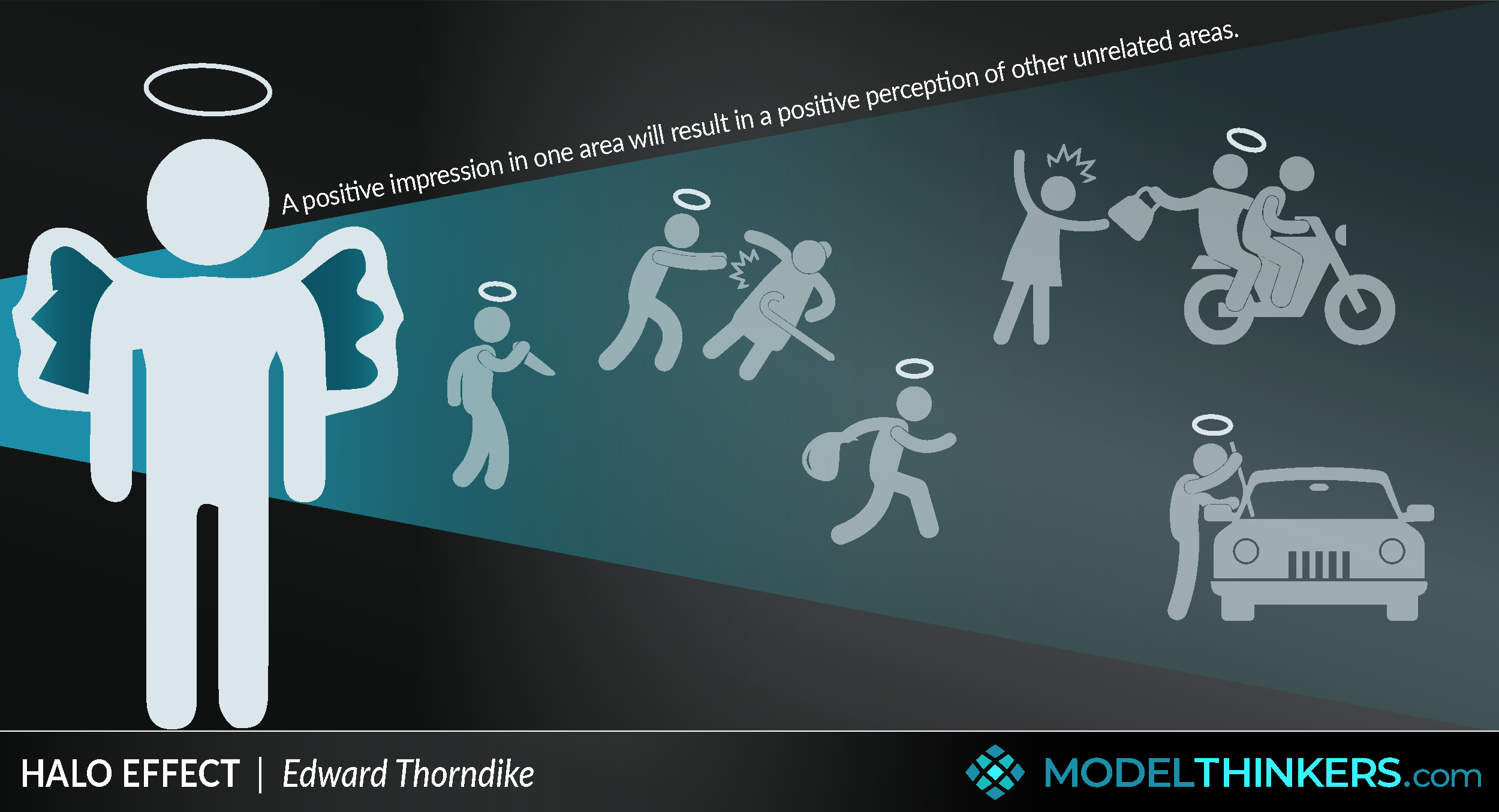

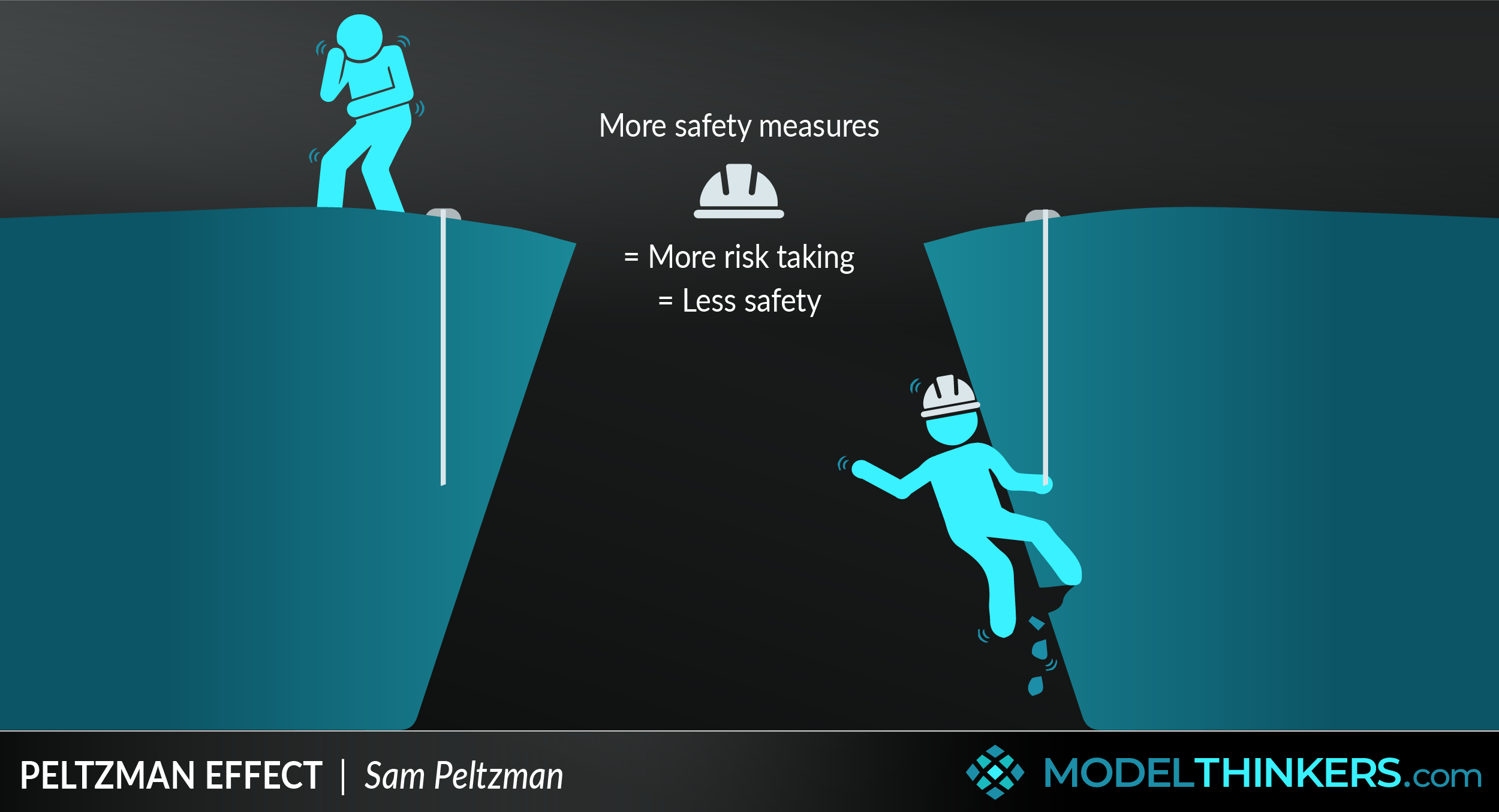

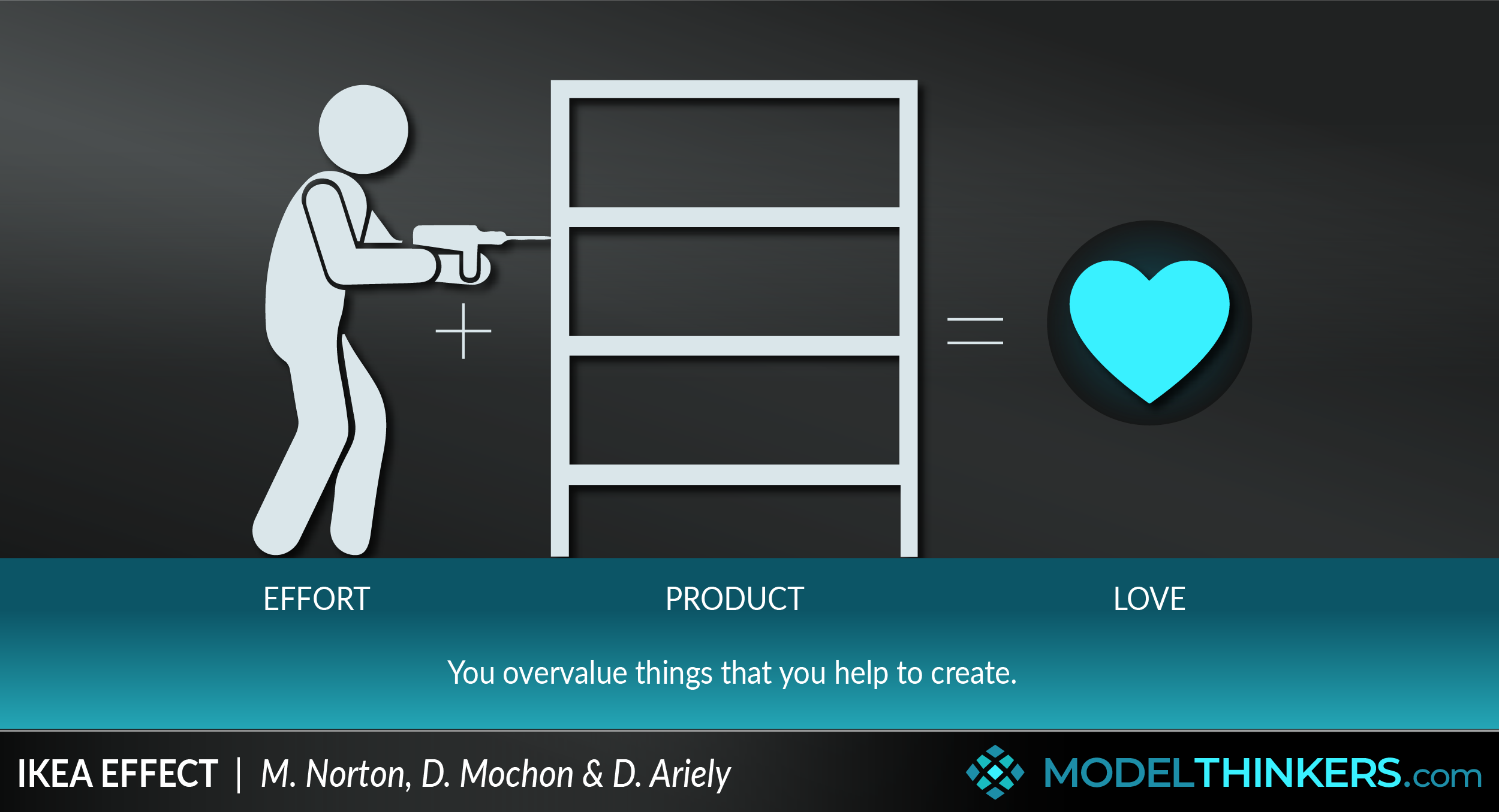
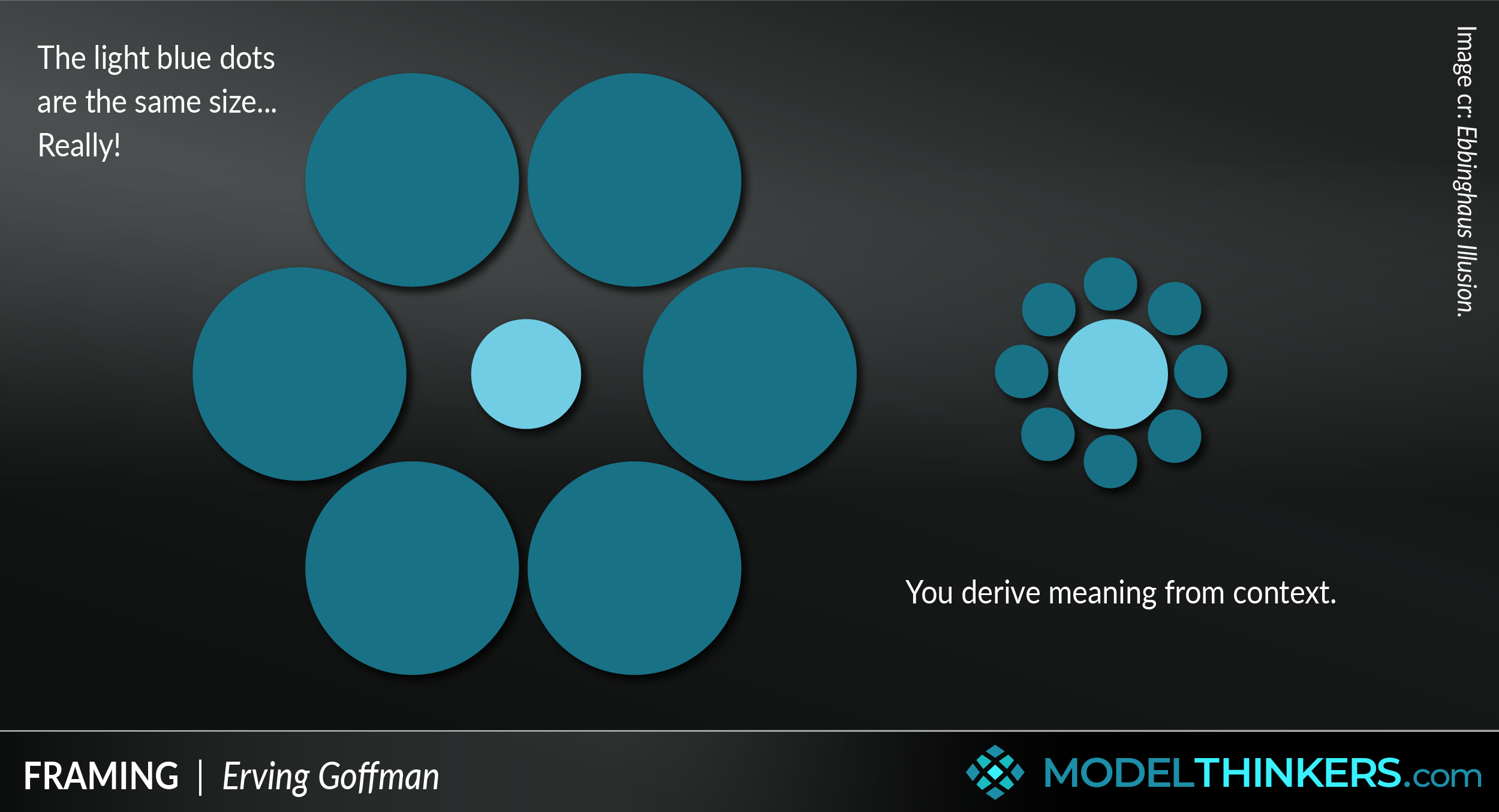
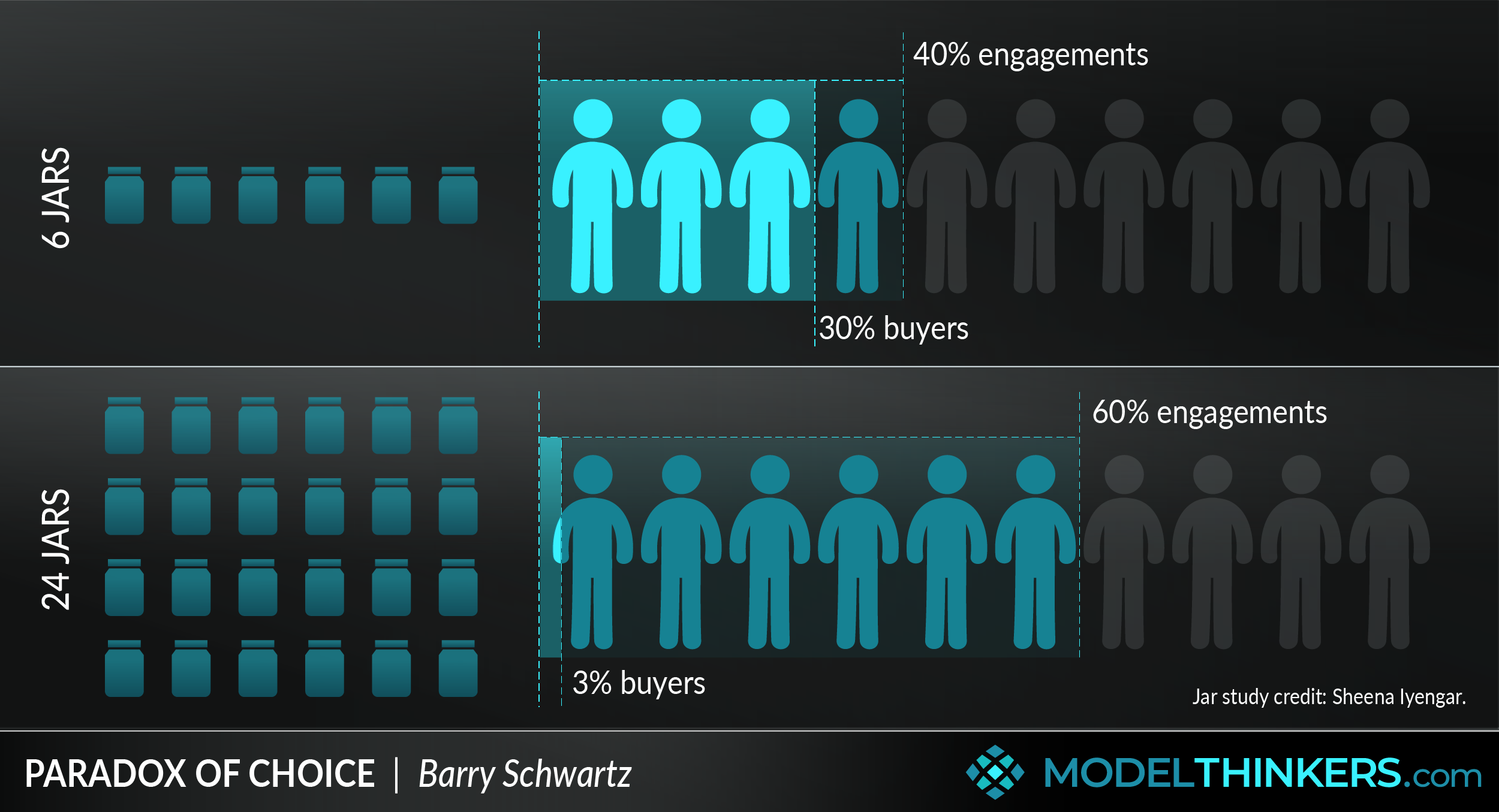
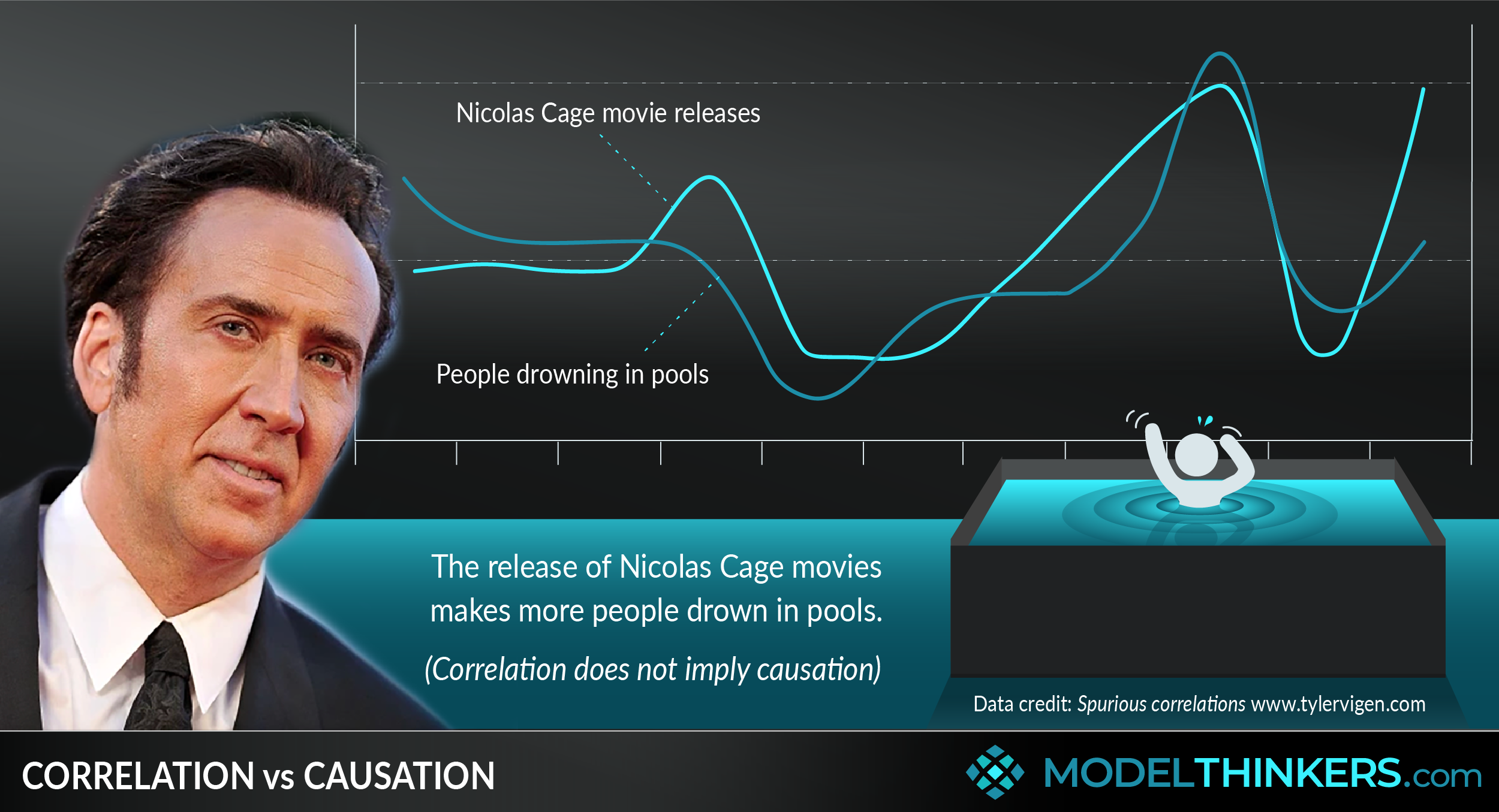
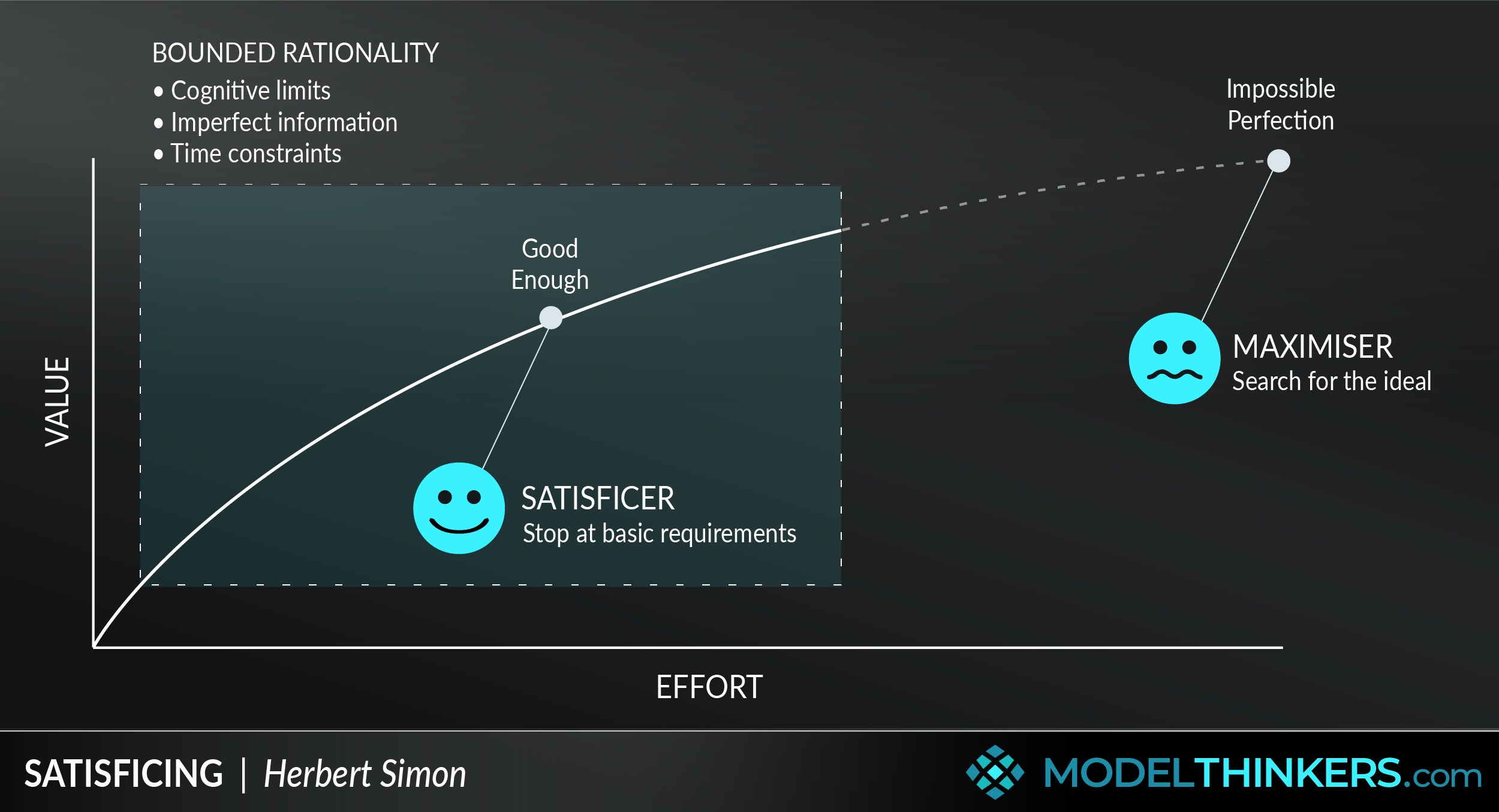
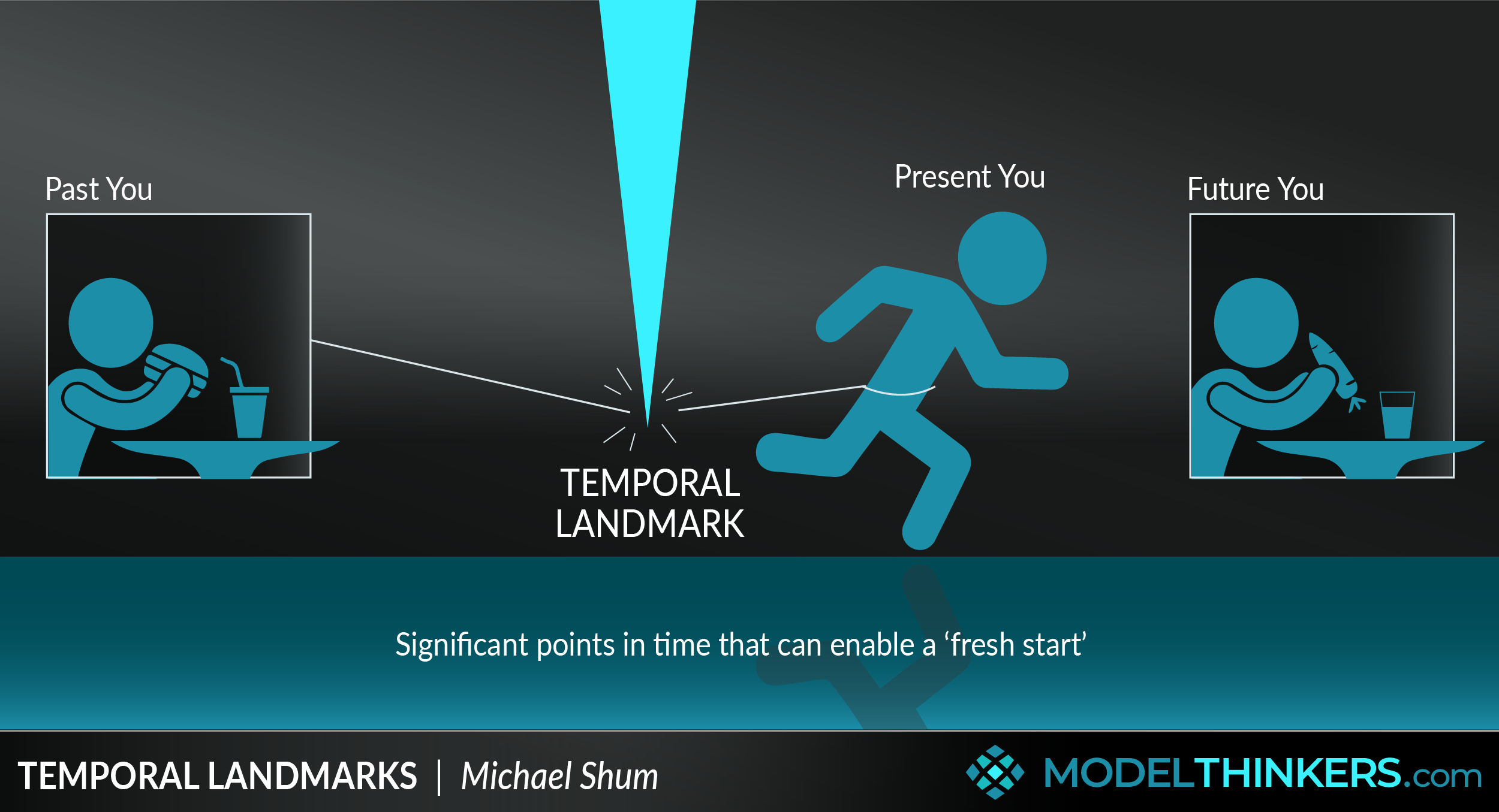
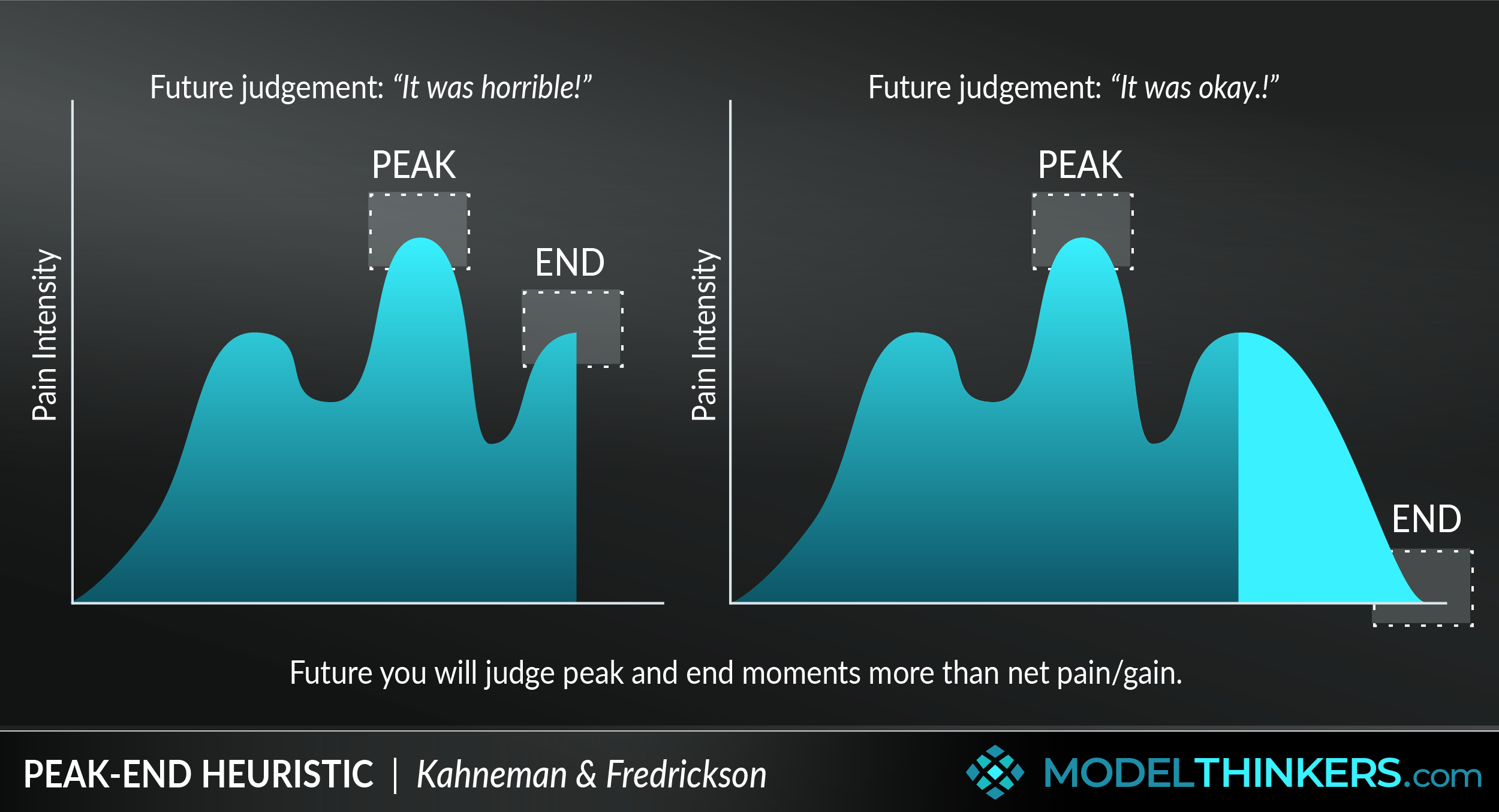
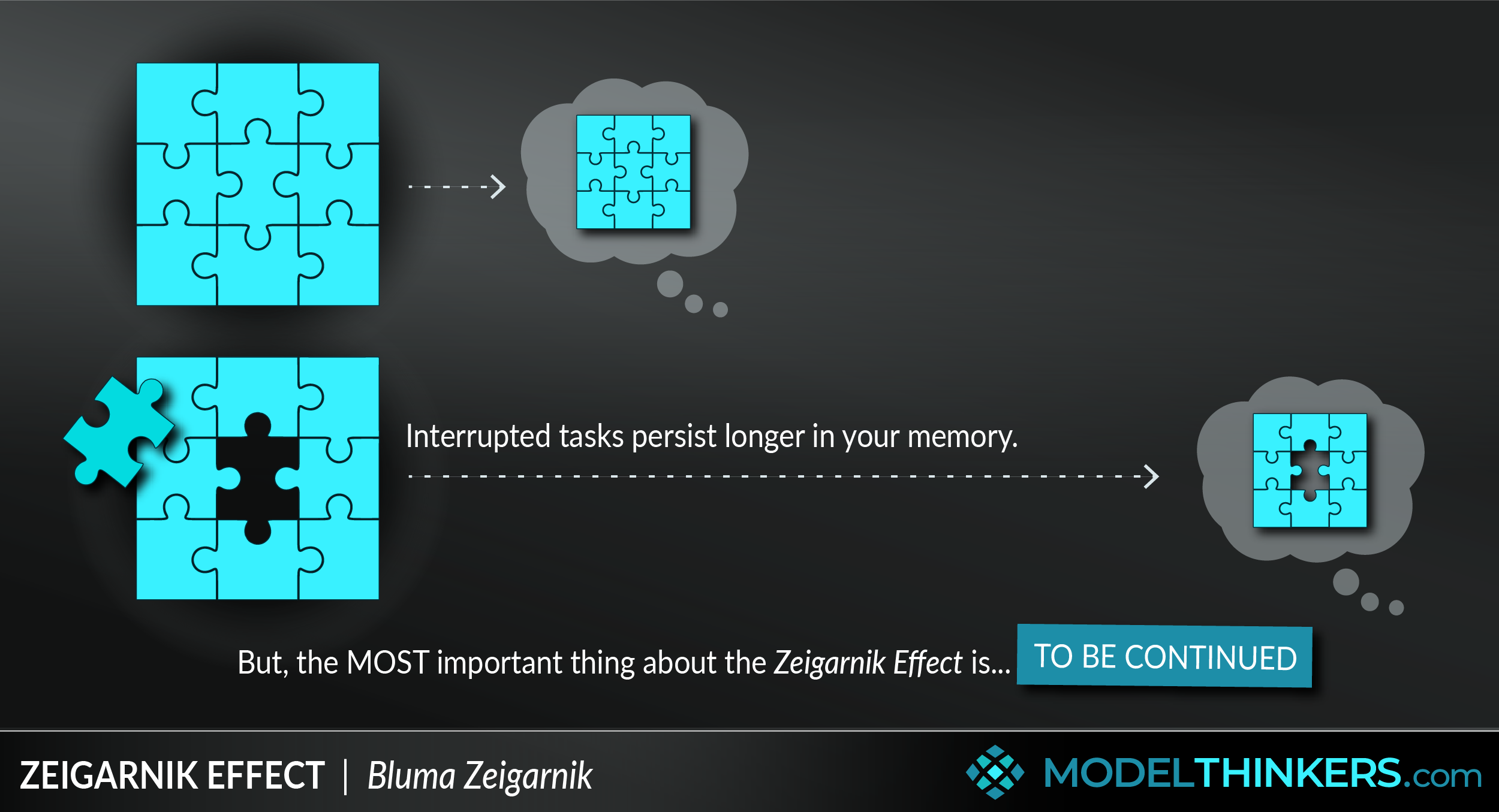
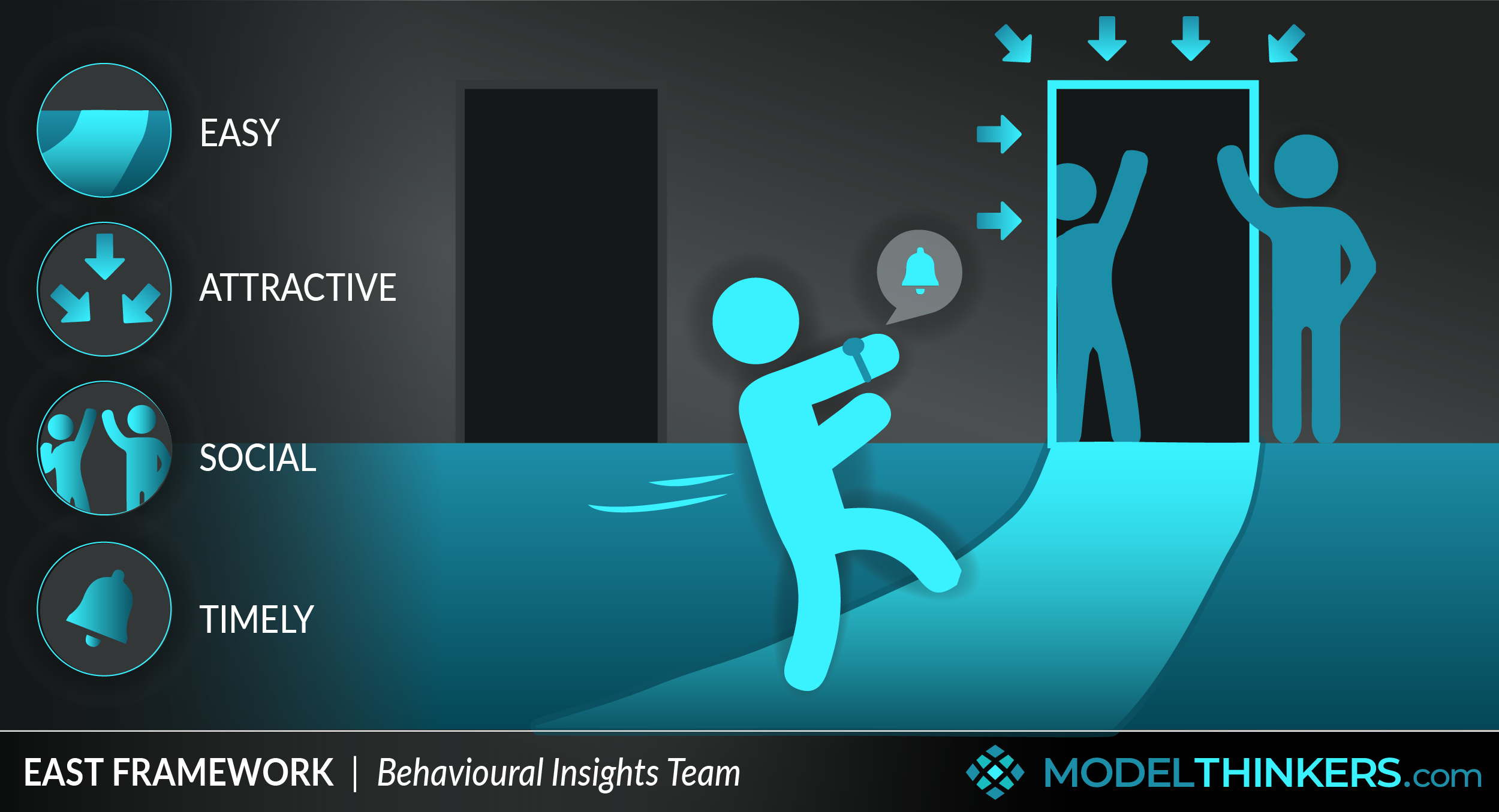
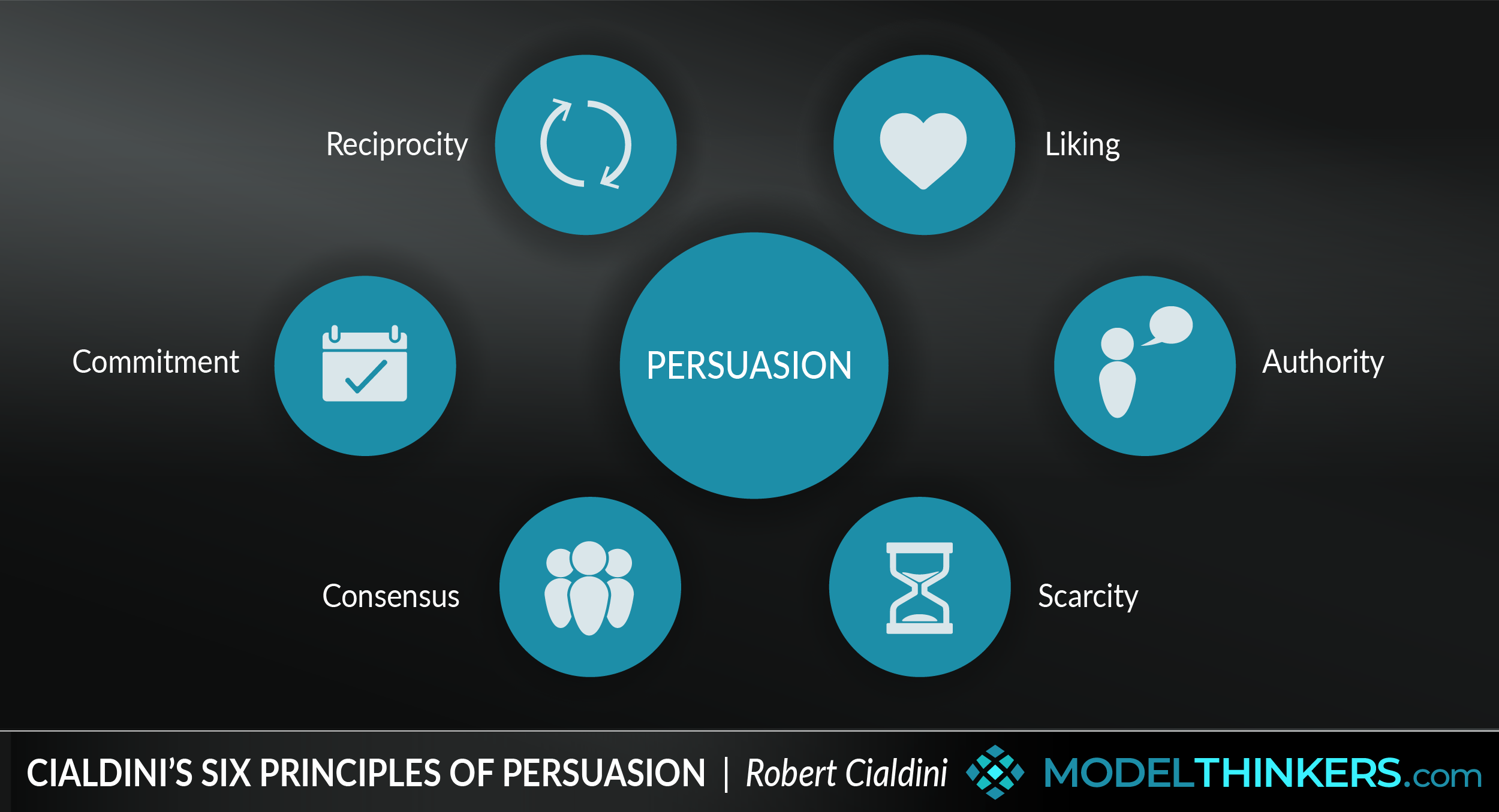

Premium content
Please do login or sign up to see premium contect
Subscription expired!
Please renew your subscription to access this feature.
 My Notes
My Notes
